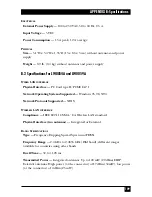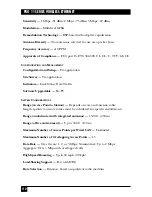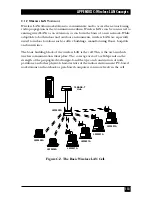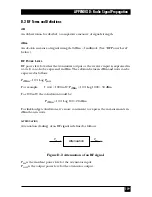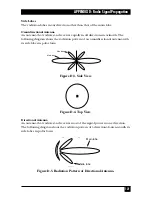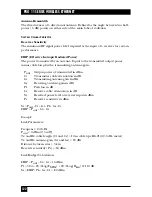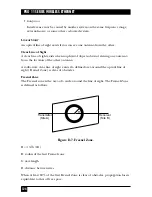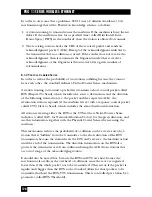
117
APPENDIX C: Wireless LAN Concepts
C.6 Fragmentation
Fragmentation of packets into shorter fragments adds protocol overhead and
reduces protocol efficiency when no errors are expected, but reduces the time
spent on re-transmissions if errors are likely to occur. When errors and
retransmissions are occurring, no fragmentation or longer fragment length adds
overhead and reduces efficiency.
C.7 Collision Avoidance
To avoid collisions with other incoming calls, each station transmits a short RTS
(Request To Send) frame before the data frame. The Access Point sends back a
CTS (Clear To Send) frame with permission to start the data transmission. This
frame includes information on how long this station is going to transmit. This
frame is received by all the stations in the cell, notifying them that another unit will
transmit during the following x milliseconds, so they cannot transmit even if the
medium seems to be free.
C.8 Channelization
Using Frequency Hopping Spread Spectrum (FHSS), different hopping sequences
are assigned to different co-located cells. Hopping sequences are designed so
different cells can work simultaneously using different channels.
Since hopping sequences and hopping timing of different cells cannot be
synchronized (according to FCC regulations), different cells might try to use the
same channel occasionally. Then, one cell uses the channel while the other cell
backs off and waits for the next hop. In the case of a very noisy environment, the
system must hop quickly. If the link is quiet and clean, it is better to hop slowly,
reducing overhead and increasing efficiency.
Содержание LW0050A
Страница 2: ......







